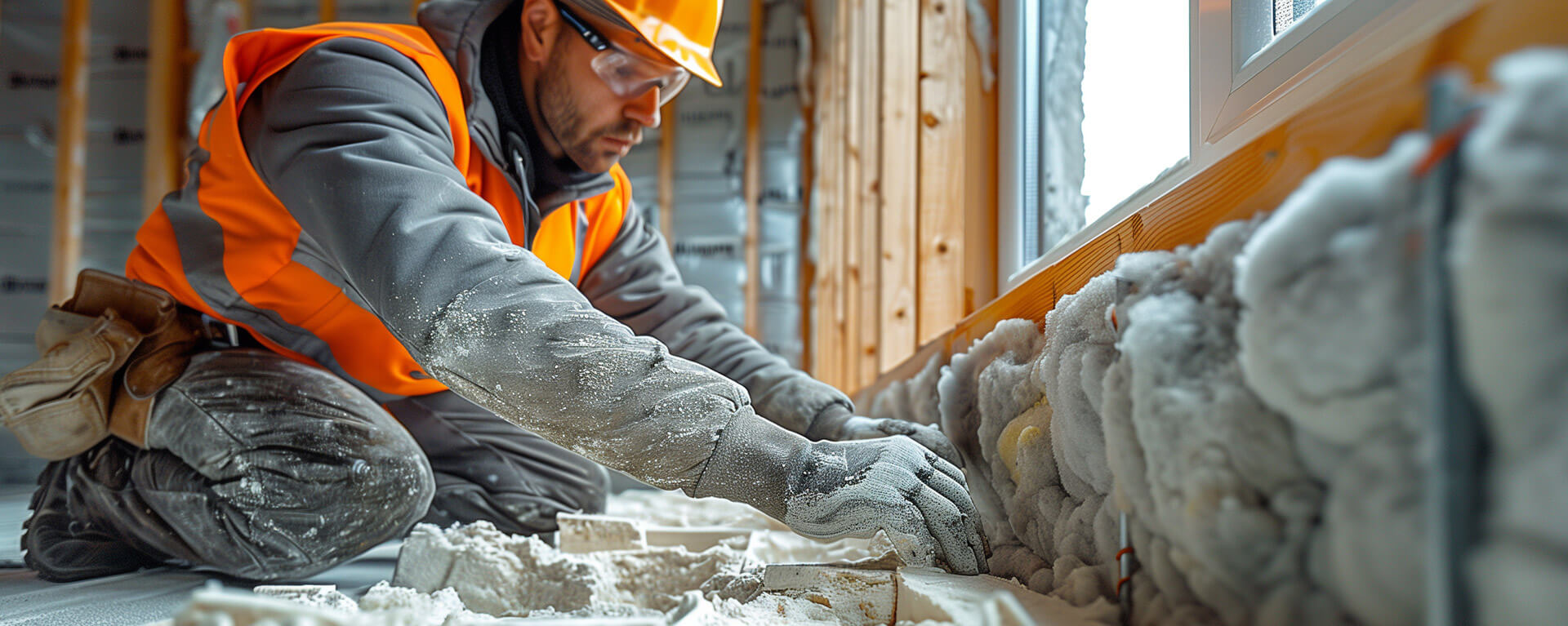
If you have been thinking about updating the energy efficiency of your home, there’s no better time than now. The IRA is incentivizing homeowners to make energy-saving updates to their existing homes by taking advantage of a variety of tax credits. One of the main ways to make homes more energy efficient is by adding or updating the home’s insulation to improve the building’s overall envelope.
The Inflation Reduction Act (IRA) was passed by Congress and signed by President Joe Biden in August of 2022 with the intention of curbing inflation by reducing the federal government budget deficit, lowering prescription drug prices and investing in domestic energy production. As part of the Inflation Reduction Act’s investment in domestic energy, credits and rebates were included that are available to property owners looking to cut their energy use through new and updated qualified energy-efficient improvements, including insulation for both commercial and residential buildings.
Do you live in Minnesota, Wisconsin, Nebraska, South Dakota or Iowa and want to take advantage of the IRA?
Request a QuoteBetween January 2023 and December 2032, homeowners can use the Residential Clean Energy Credit to write off a percentage of the costs for new, qualified energy-efficient improvements to their existing primary home. Credits aren’t available for homes you rent to others, second homes you reside in for less than half of the year or for new builds.
Essentially, this means that if you make approved changes to increase your home’s energy efficiency, you can use Form 5695 to receive credits on your annual tax forms for the year the equipment is installed (not purchased). You can receive tax credits each year you make approved updates to your home through 2032.
By extending national tax credits that were set to expire, the IRA all incentivizes the improvement of buildings that are brought up to the new energy efficiency standards. Two IRA credits to consider are the 45L and 179D tax credits for insulating new builds or extensively retrofitted buildings. The 45L credit provides:
The 179D credit also includes extra deductions for projects that meet certain apprenticeship and wage benchmarks.
Insulation replacement and other air sealing materials and systems are included in the Inflation Reduction Act credit and rebates as long as they meet the International Energy Conservation Code (IECC) standards.
If you have found that your home feels drafty, your energy bill seems higher than it should be or you know it’s been at least 15 years since your insulation was installed, it likely could be replaced. With the Inflation Reduction Act credits and rebates, you can receive a federal credit up to $1,200 for replacing the insulation and/or other air-sealing materials and systems.
But the IRA’s insulation credits and rebates don’t stop with federal tax cuts; every state has the option to provide additional rebates. The Federal Government earmarked funds that each state could opt-in to receive to provide as rebate incentives. Whether your state provides these incentives and what it entails depends on your location.
Whether you are a homeowner or have a commercial or multi-family building in need of insulation improvements, getting the most out of the IRA can save you significant money on your energy efficiency project. To make sure you benefit from every rebate and credit available to you in the Inflation Reduction Act, get in touch with the insulation experts at City Wide Insulation to take on your project.
NEED HELP OR WANT TO REQUEST A QUOTE? CALL 800-957-9994